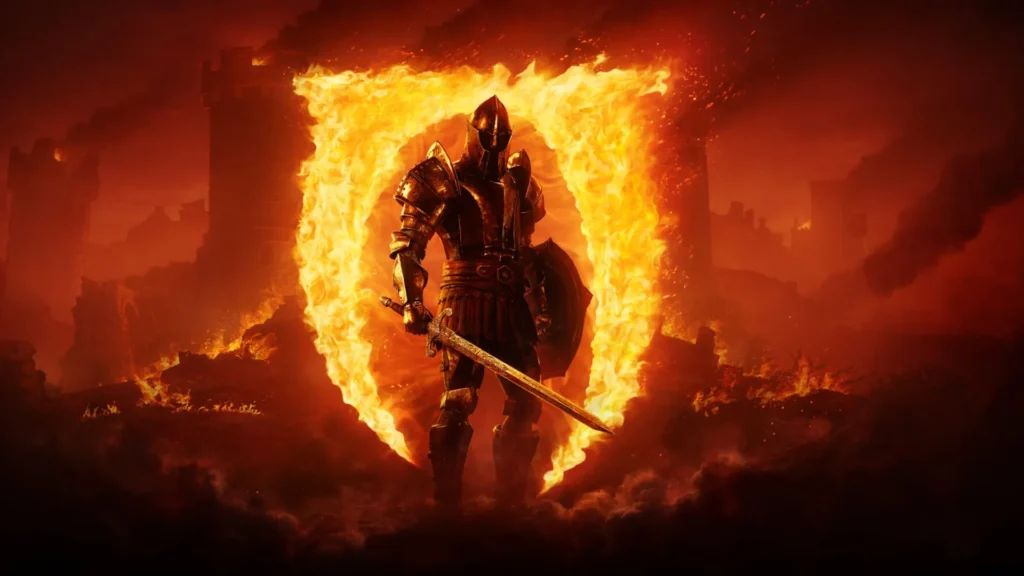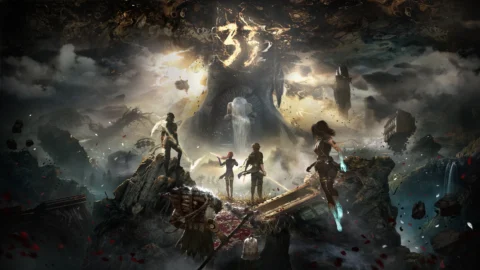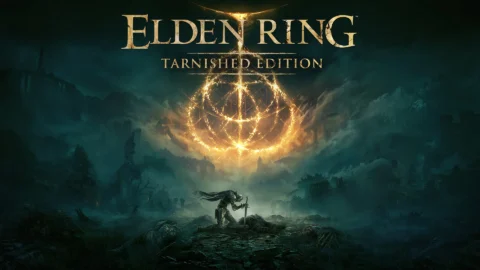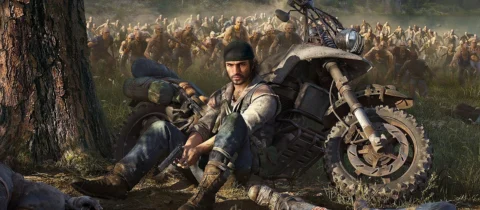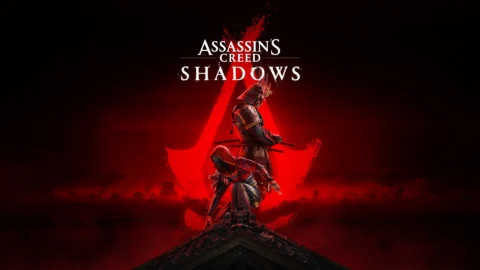Middas afternoon, 5th of Heartfire, in the year 433 of the Third Era. Tasked by the Fighter’s Guild to tackle Arvena Thelas’ “rat problem,” I expected a simple rodent extermination gig. Instead, I found myself defending her cherished pet rats from encroaching mountain lions. Now, I’m trailing a local hunter, Pinarus Inventius, outside the city walls to deal with the feline threat at its source. Pinarus, his voice strangely familiar – a sound seemingly shared by half the province – calmly instructs me to watch for the predators. He remains oblivious to the three adult mountain lions just meters away, their glassy eyes fixed on some unseen point beyond us. My heart leaps. With surprising composure and sword still sheathed, Pinarus walks right between them, nudging one aside. Then, in a sudden flash, he draws his blade with a savage cry: “This is the part where you fall down and BLEED TO DEATH!” The lions spring to life, pouncing. Moments later, the beasts are slain, their bodies tumbling unnaturally at our feet like oversized golden chickens on a spit. Pinarus beams at me, a huge, congratulatory grin splitting his face. Yet, the moment I try to speak to him again, his expression hardens, and he barks, “I’m done talking to you!” Baffled but the job done, I head back to the city, still pondering who lured those lions to Thelas’ basement in the first place.
Nearly two decades have passed since the original release of The Elder Scrolls IV: Oblivion captivated players worldwide, helping to popularize the concept of vast, fully explorable open worlds teeming with hundreds of side quests that often overshadowed the main narrative. Thinking back to my younger self, glued to a borrowed Xbox 360 or a PS3, it’s the charming awkwardness of NPCs like Pinarus Inventius and the quirky glitches I remember most fondly. The bugs felt less like flaws and more like endearing eccentricities, a small price to pay for the sheer scale of Cyrodiil. So, when whispers of an Oblivion remaster began to circulate, a worry settled in: would Bethesda smooth away the jank, polishing away the very soul of one of my favorite Western RPGs? Would it just feel like a primitive version of the open-world games it inspired?
With the recent “shadow drop” launch of The Elder Scrolls IV: Oblivion Remastered, those worries have vanished. This feels like a proper modern release. It runs smoother than ever – arguably smoother than most Bethesda launches – while miraculously retaining the original game’s uniquely antiquated RPG mechanics and the playful, sometimes bizarre atmosphere that endeared it to so many.
Modern Shine Meets Classic Soul: Visuals and Performance

What exactly does Oblivion Remastered bring to the table? The core gameplay is still powered by the original Gamebryo engine, preserving the familiar movement and feel. But layered on top are completely redone visuals rendered in Unreal Engine 5. Cyrodiil’s sprawling hills, vibrant skies, and lush flora look stunning, enhanced by new lighting effects. The inhabitants? Their textures are vastly improved, with more distinct racial models for humans, elves, Argonians, and Khajiit, though their often uncannily expressive, sometimes unsettling faces are delightfully intact.
Performance is a tale of two experiences: buttery smooth indoors, transitioning to a slightly less refined, “chunky margarine” smoothness in the vast open world. While the 2006 original was notorious for frequent crashes that would halt playtime, the Remaster has only crashed twice in my many hours exploring so far. Loading times between areas are dramatically reduced, making dungeon dives and fast-traveling for fetch quests feel less tedious.
Refined Gameplay and Quality of Life
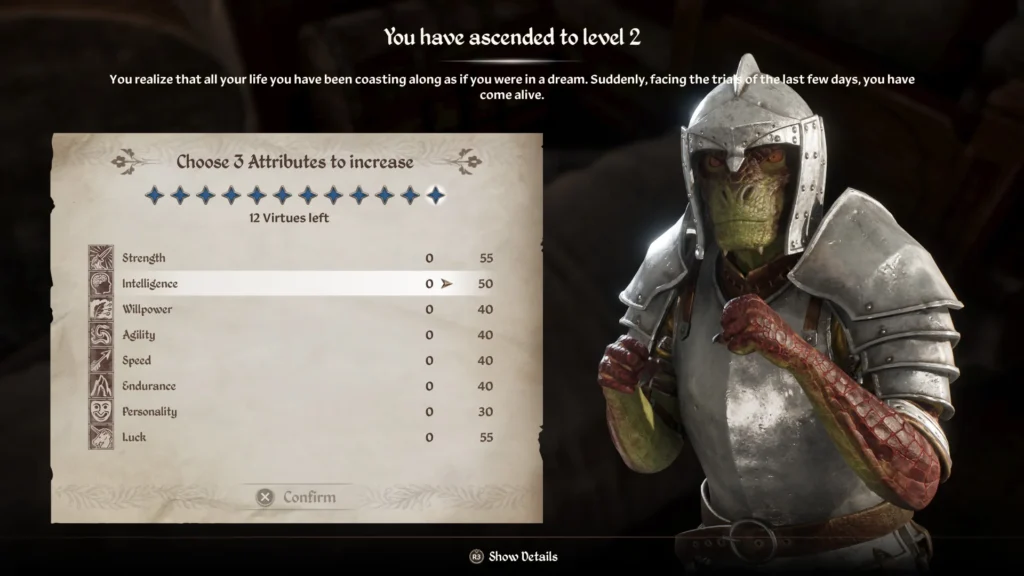
Beyond the visuals, Oblivion Remastered introduces welcome quality-of-life improvements. Player physics have been subtly tweaked – melee combat feels a tad more impactful (though still retaining some of that “slicing air with a pool noodle” charm), and movement speed now realistically adjusts based on slopes, making traversal feel less like a camera gliding over terrain. The updated UI offers more logical menu layouts, and handy features from later Bethesda titles are present, like indicators on containers showing if they’re empty and step distance markers on compass objectives. The ability to sprint is also a welcome addition.
NPCs benefit from additional voice work aimed at further differentiating races, reducing the instances of vocally identical Nords and Orcs. However, the core voice cast and the infamous repetition remain, contributing significantly to the game’s charm.
Perhaps the most impactful change is the updated leveling system. You still select 7 major skills to start, and using any skill (major or minor) contributes to your overall player level progress. Skills still max out at 100 through use. The big shift comes when you rest to level up: you can now freely assign twelve points to any attribute (Strength, Intelligence, etc.), regardless of which skills you’ve been using. This directly addresses the original’s notorious “leveling efficiency” problem, where improperly leveling skills could lead to enemies becoming unbeatable damage sponges while your core attributes lagged behind. Now, it’s much easier to course-correct, preventing situations where a hero with high persuasion but weak combat skills gets flattened by a leveled-up mudcrab. This change encourages experimenting with Oblivion‘s diverse playstyles, letting you truly become a jack of all trades without the risk of soft-locking your progression.
The Heart of Cyrodiil: Quests and Exploration
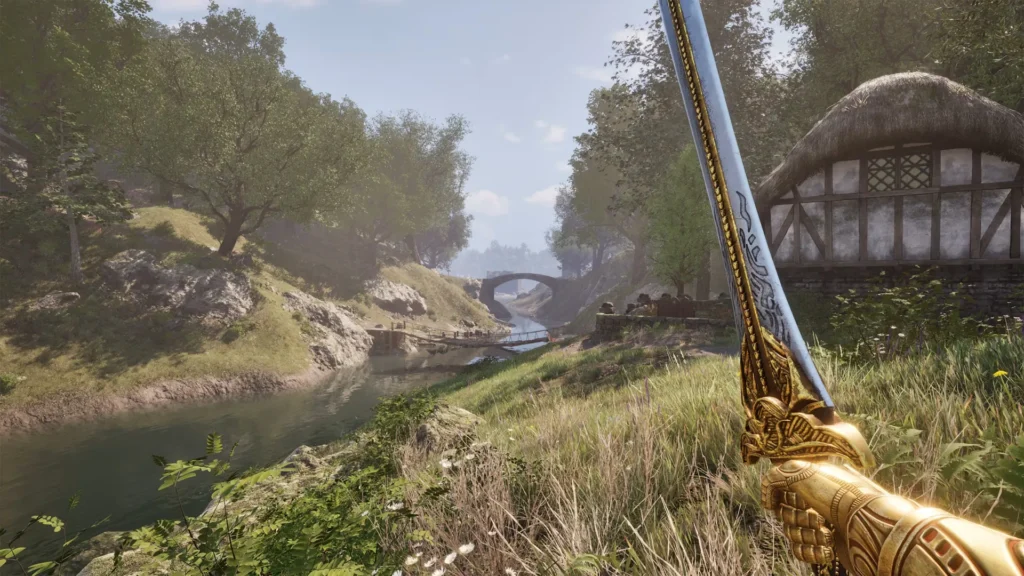
Oblivion‘s main story offers a serviceable fantasy adventure. You begin as a prisoner destined to become the Emperor’s bodyguard (voiced by the great Sir Patrick Stewart, his lines untouched) moments before his assassination. Your quest is to find the hidden heir (solidly voiced by Sean Bean), preserve the Septim lineage, and stop the invasion of Daedra through hellish gates appearing across Cyrodiil. It’s a good excuse to visit the main cities, but once the tutorial ends and the world opens up, players are far more likely to get sidetracked by the sheer volume of side content.
This side content is the true star, often playfully subverting the fantasy tropes the main story leans on. Each of Cyrodiil’s unique towns and cities feels distinct, and conversations with locals can lead to anything from investigating a painter’s supernatural disappearance in Cheydinhal, aiding a paranoid elf convinced the town of Skingrad is watching him, or solving the theft of a countess’s portrait. Oblivion possesses a great sense of humor and atmosphere – lighter and quirkier than The Elder Scrolls V: Skyrim (2011) and certainly less cynical than Bethesda’s Fallout entries. This delightful campiness is most evident in the side quests, which arguably constitute the majority of the actual game.
The Remaster includes all original DLC quests, such as the lengthy Knights of the Nine and the substantial expansion Shivering Isles, adding even more hours of content. Notably, the infamous Horse Armor Pack, while a source of internet ire in 2006, is confined to the Deluxe Edition this time around. A sly move, perhaps?
Sound and Soul: Music and The Jank
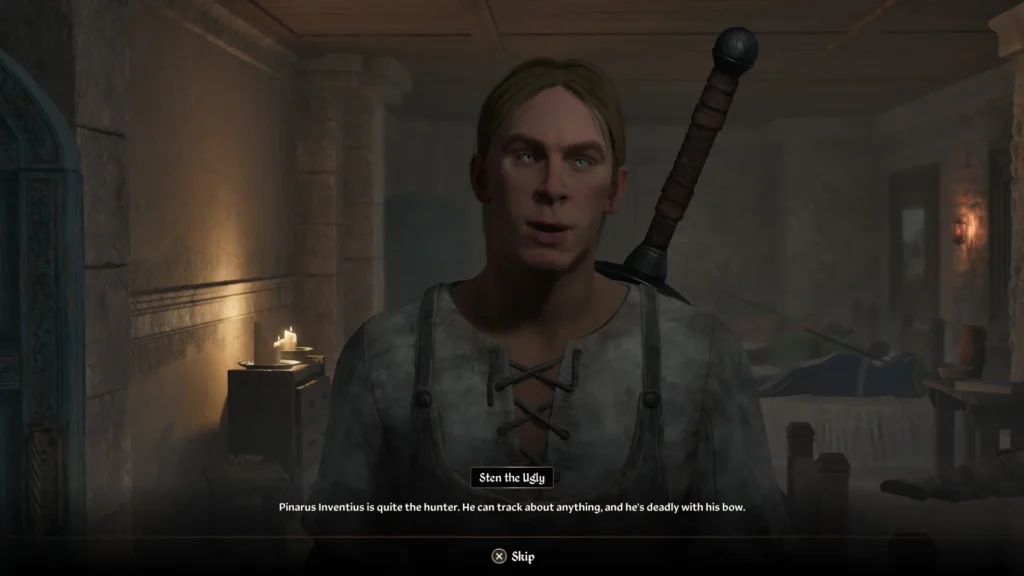
Jeremy Soule’s original score remains untouched, and rightly so. The music is warmer and more wistful than Skyrim’s epic themes, shining brightest in its daytime exploration tracks. Hearing pieces like “Sunrise of Flutes” perfectly complement the updated lighting is genuinely moving for long-time fans. My only minor complaint is the lack of new or re-recorded tracks.
Finally, let’s talk about the jank. While this is a remarkably polished launch by Bethesda standards, some bugs persist. A “Starlight” spell might require switching to third-person to illuminate you, and some NPC dialogue lines still skip text before the voice triggers. However, most of the truly game-breaking technical hiccups have been ironed out. What remains, crucially, are the fun ones. NPCs still awkwardly wander, engaging in nonsensical conversations. Defeated enemies might launch into the stratosphere from a misplaced punch or inexplicably lose their clothing. The limited voice cast delivering wonderfully corny lines, and even instances of actors audibly flubbing takes that were intentionally left in – these elements are still here. It’s hard to decide whether to praise or criticize this, but honestly, it’s core to the quirky soul of the game so many fell in love with. To remove the jank entirely would be to lose the charm, and I’m thrilled that Bethesda and assisting developers Virtuous so proudly kept the goofiness intact.
The Elder Scrolls IV: Oblivion Remastered succeeds in doing what every great remaster should: it perfectly recaptures the fun and silliness of the original, subtly fixes underlying flaws, and makes the entire experience look as beautiful as memories viewed through rose-tinted glasses.

